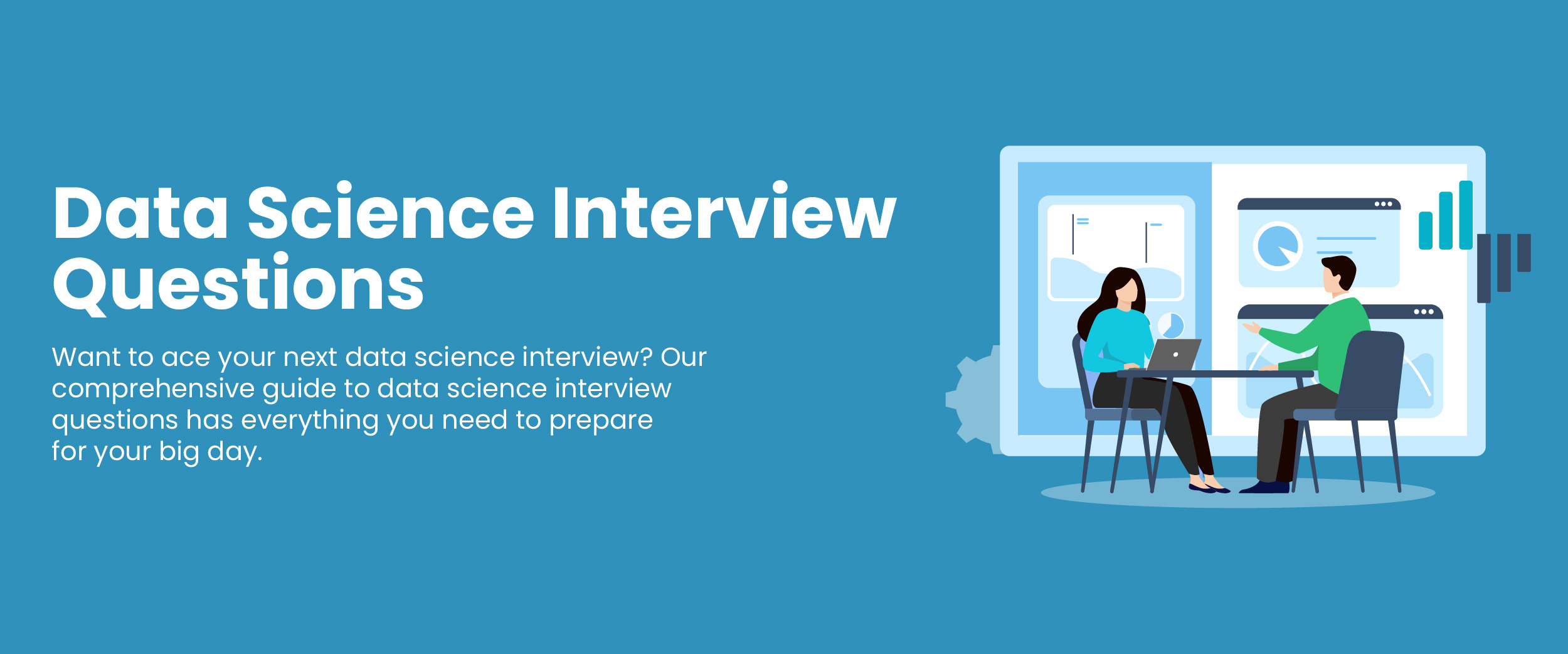All Categories
Featured
Table of Contents
Amazon currently generally asks interviewees to code in an online paper documents. Now that you recognize what inquiries to anticipate, allow's concentrate on how to prepare.
Below is our four-step preparation plan for Amazon information scientist candidates. Prior to investing 10s of hours preparing for a meeting at Amazon, you ought to take some time to make certain it's really the right firm for you.

, which, although it's designed around software application development, should provide you a concept of what they're looking out for.
Keep in mind that in the onsite rounds you'll likely have to code on a whiteboard without being able to implement it, so exercise creating through troubles on paper. Uses free courses around initial and intermediate maker knowing, as well as data cleansing, information visualization, SQL, and others.
Pramp Interview
Make certain you have at least one story or instance for each of the principles, from a vast array of positions and jobs. Ultimately, an excellent way to practice all of these different kinds of inquiries is to interview yourself aloud. This might sound unusual, however it will considerably boost the method you interact your answers throughout a meeting.

Count on us, it works. Practicing on your own will just take you until now. One of the major difficulties of information researcher meetings at Amazon is interacting your various answers in such a way that's understandable. Therefore, we strongly suggest experimenting a peer interviewing you. Preferably, a fantastic place to start is to experiment close friends.
They're not likely to have expert knowledge of interviews at your target company. For these reasons, lots of prospects skip peer simulated interviews and go directly to mock interviews with a specialist.
Faang Interview Prep Course
That's an ROI of 100x!.
Commonly, Information Science would certainly concentrate on maths, computer science and domain proficiency. While I will quickly cover some computer scientific research principles, the mass of this blog site will mostly cover the mathematical essentials one could either require to comb up on (or even take a whole course).
While I recognize a lot of you reading this are extra math heavy naturally, understand the bulk of data scientific research (dare I say 80%+) is collecting, cleaning and handling information right into a useful type. Python and R are one of the most preferred ones in the Information Science area. However, I have actually likewise come throughout C/C++, Java and Scala.
Advanced Behavioral Strategies For Data Science Interviews

Usual Python libraries of choice are matplotlib, numpy, pandas and scikit-learn. It is common to see most of the information scientists remaining in either camps: Mathematicians and Database Architects. If you are the 2nd one, the blog won't help you much (YOU ARE ALREADY OUTSTANDING!). If you are among the first group (like me), possibilities are you really feel that composing a double nested SQL query is an utter nightmare.
This could either be collecting sensor data, analyzing websites or carrying out studies. After gathering the data, it requires to be changed into a usable form (e.g. key-value store in JSON Lines files). Once the data is collected and put in a functional layout, it is important to perform some information top quality checks.
Interviewbit
Nonetheless, in instances of fraud, it is really common to have heavy class imbalance (e.g. only 2% of the dataset is real scams). Such information is vital to select the suitable selections for feature engineering, modelling and model analysis. For additional information, inspect my blog site on Fraudulence Detection Under Extreme Class Inequality.

Usual univariate analysis of choice is the histogram. In bivariate analysis, each attribute is compared to various other functions in the dataset. This would include correlation matrix, co-variance matrix or my personal favorite, the scatter matrix. Scatter matrices allow us to discover hidden patterns such as- functions that need to be crafted together- functions that might need to be gotten rid of to prevent multicolinearityMulticollinearity is in fact a problem for several models like linear regression and for this reason needs to be taken treatment of appropriately.
In this area, we will certainly discover some typical function design tactics. Sometimes, the function by itself might not offer valuable information. For instance, think of utilizing web use information. You will have YouTube individuals going as high as Giga Bytes while Facebook Carrier users utilize a pair of Mega Bytes.
Another issue is making use of categorical worths. While specific values prevail in the data science globe, understand computers can only understand numbers. In order for the categorical values to make mathematical feeling, it requires to be changed into something numerical. Normally for categorical values, it is common to do a One Hot Encoding.
Tackling Technical Challenges For Data Science Roles
At times, having as well many sporadic dimensions will hinder the performance of the version. A formula generally used for dimensionality reduction is Principal Parts Evaluation or PCA.
The usual categories and their sub categories are explained in this area. Filter techniques are normally made use of as a preprocessing step.
Common techniques under this category are Pearson's Correlation, Linear Discriminant Analysis, ANOVA and Chi-Square. In wrapper approaches, we try to make use of a part of features and train a design utilizing them. Based on the inferences that we attract from the previous version, we make a decision to include or eliminate functions from your part.
Tech Interview Preparation Plan
These approaches are normally computationally extremely expensive. Usual approaches under this classification are Ahead Choice, Backwards Removal and Recursive Attribute Elimination. Embedded approaches incorporate the top qualities' of filter and wrapper approaches. It's executed by algorithms that have their own integrated function choice approaches. LASSO and RIDGE prevail ones. The regularizations are given up the formulas listed below as reference: Lasso: Ridge: That being said, it is to understand the technicians behind LASSO and RIDGE for interviews.
Not being watched Understanding is when the tags are not available. That being said,!!! This mistake is sufficient for the job interviewer to cancel the meeting. Another noob error individuals make is not stabilizing the attributes before running the design.
Straight and Logistic Regression are the most fundamental and commonly used Maker Discovering algorithms out there. Prior to doing any analysis One typical interview blooper people make is beginning their analysis with a much more complex design like Neural Network. Criteria are essential.
Table of Contents
Latest Posts
How To Prepare For A Software Or Technical Interview – A Step-by-step Guide
Interview Strategies For Entry-level Software Engineers
10 Proven Strategies To Ace Your Next Software Engineering Interview
More
Latest Posts
How To Prepare For A Software Or Technical Interview – A Step-by-step Guide
Interview Strategies For Entry-level Software Engineers
10 Proven Strategies To Ace Your Next Software Engineering Interview